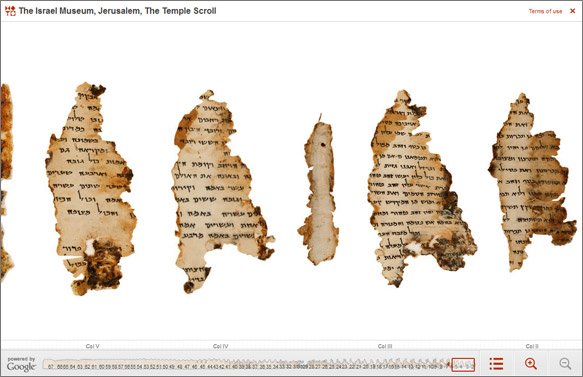 From a garden shed ‘archive’ to preservation for future generation of film historians and eager audiences… Non literary, but interesting archive related news nonetheless: a lost early Hitchcock film has been discovered in New Zealand and screened for the first time in Hollywood.
From a garden shed ‘archive’ to preservation for future generation of film historians and eager audiences… Non literary, but interesting archive related news nonetheless: a lost early Hitchcock film has been discovered in New Zealand and screened for the first time in Hollywood.The 1923 silent feature titled The White Shadow was found in a garden shed after being lost for some 80 years. The film represents the earliest known feature from the infamous British director of such film history classics as Vertigo, Psycho and early features Sabotage and The Lodger.
The print was found in a garden shed in Hastings, part of a collection assembled by film fanatic Jack Murtagh. Peter Jackson's Park Road studio worked on the degraded reels, making a new print to enable the film to be screened at the Academy of Motion Picture Arts and Sciences' Samuel Goldwyn Theatre last week.
The Telegraph’s coverage of the find can be found here.


